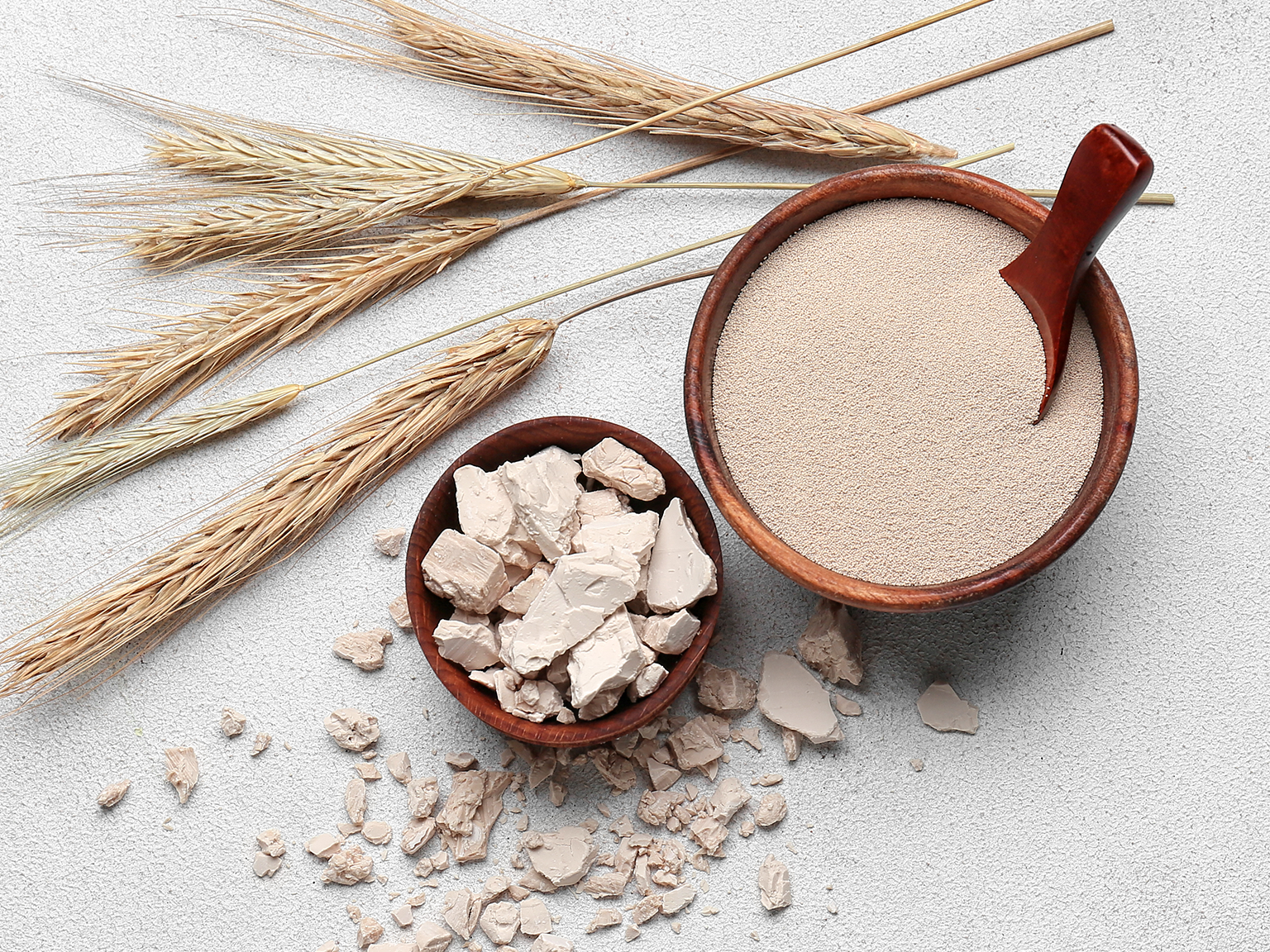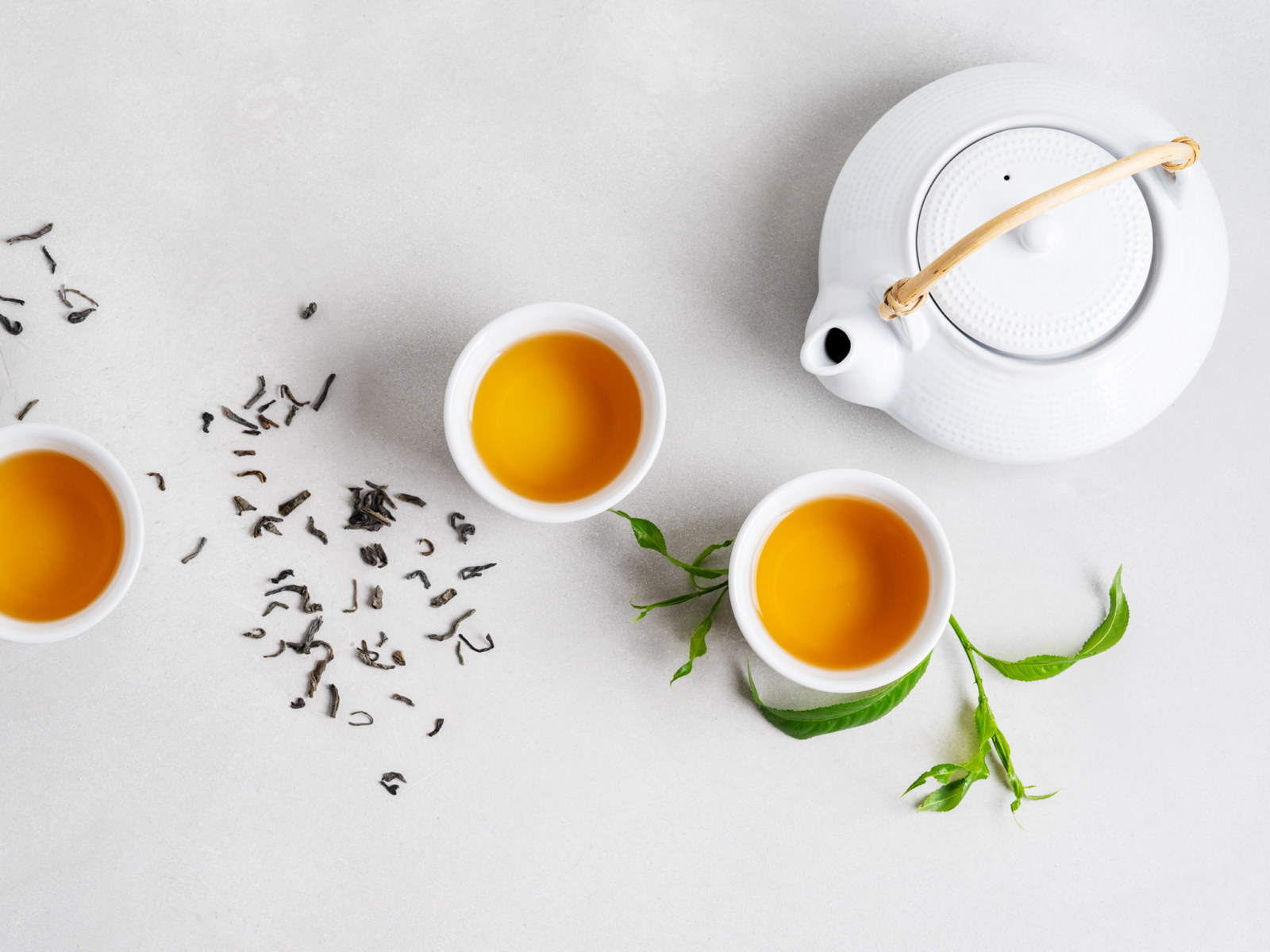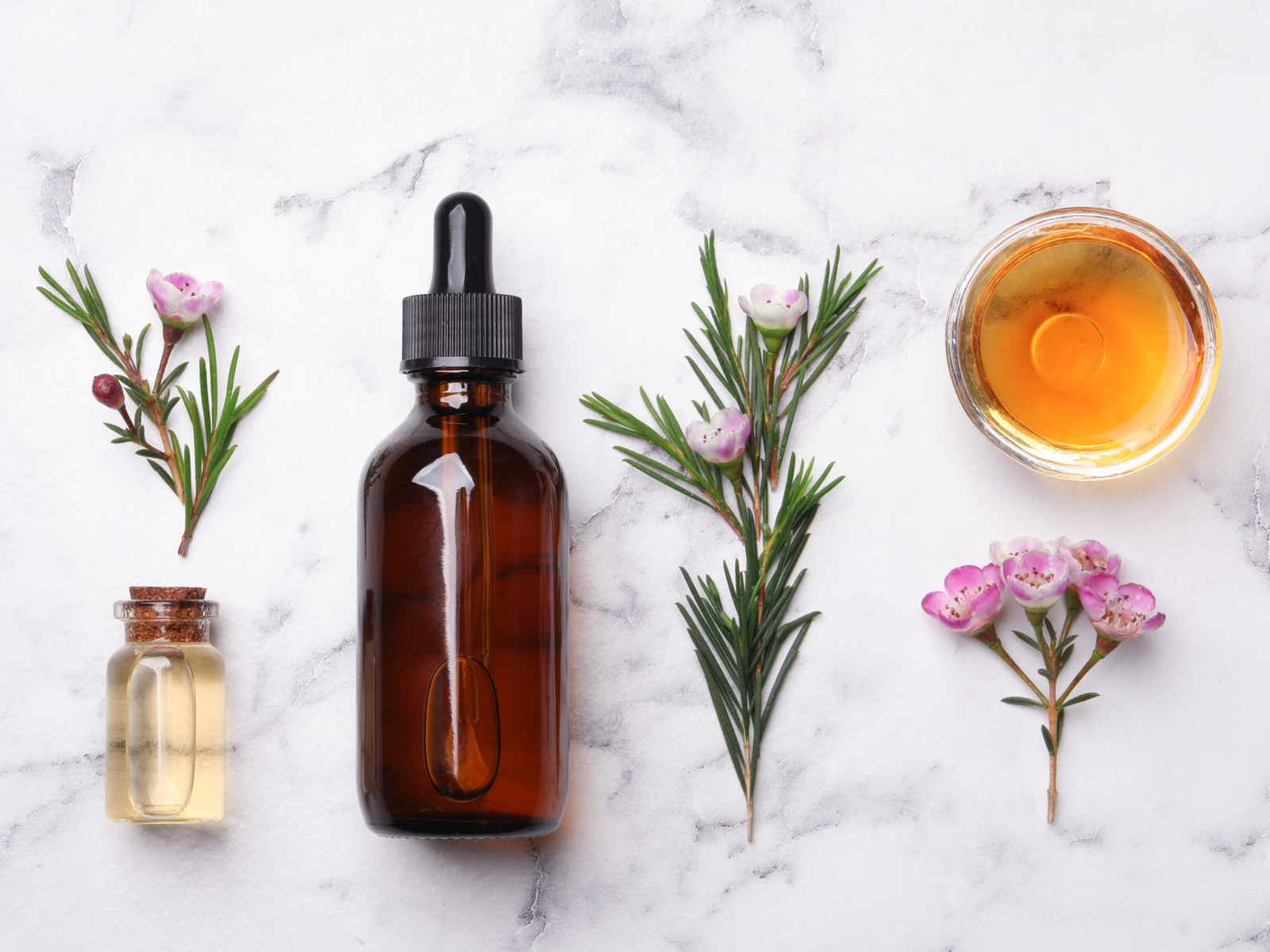
Die Küche ist ein Ort, der eine Menge Pflege braucht. Schliesslich kocht und isst man dort, teilt und geniesst das Essen. Gutes Essen zu kochen, ohne eine Sauerei zu machen, ist nicht einfach und die Reinigung der Arbeitsplatte ist nicht schwer. Die Reinigung des Inneren deines Kühlschranks oder Backofens ist also genauso wichtig, aber nicht unbedingt einfach! Im Kühlschrank lagerst du, was du aufbewahren willst, also solltest du das auch an einem sauberen Ort tun. Und im Backofen kochst du tausendundein Gericht mit verschiedenen Geschmacksrichtungen, also ist es wichtig, ihn zu reinigen. Und was wäre, wenn wir das auf natürliche Weise machen würden?
Die Reinigung der Küche mit natürlichen Produkten kann sich nicht nur positiv auf unseren Geldbeutel, sondern auch auf unsere Gesundheit auswirken. Unnatürliche Reinigungsmittel sind nicht nur nicht gut für den Planeten und für uns, sondern können auch unsere Raumluft verschmutzen. Einige Reinigungsmittel können sogar giftig sein, wenn sie nicht richtig ausgespült werden.
Reinigung des Kühlschranks
Entleere zunächst deinen Kühlschrank vollständig. Fülle eine Salatschüssel zur Hälfte mit weissem Essig und fülle sie mit lauwarmem Wasser auf. Reinige mit einem Schwamm alle Fächer deines Kühlschranks, beginnend mit der Oberseite. Vergiss die Fugen zwischen den Türen nicht! Wische mit einem sauberen, trockenen Tuch nach und voilà: Dein Kühlschrank ist so gut wie neu.
Um unangenehme Gerüche in deinem Kühlschrank zu vermeiden, solltest du deine Lebensmittel in luftdichten Gläsern oder versiegelten Tupperdosen aufbewahren. So halten sie sich besser und der Geruch wird nicht an den Kühlschrank abgegeben. Wenn es trotzdem noch riecht, schütte Backpulver in eine Tasse und stelle sie in den Kühlschrank. Das Backpulver absorbiert Gerüche. Den Inhalt der Tasse kannst du einmal im Monat austauschen. Du kannst auch eine halbe Zitrone in die Kühlschranktür legen, um sie zu erfrischen.
Psst: Hier gibt’s Inspiration, wie du deinen Kühlschrank organisiert einräumen kannst.
Reinigung des Backofens
Mische in einer Salatschüssel Natron mit Wasser, bis du eine Paste erhältst. Diese Mischung ist ein natürliches Entfettungsmittel. Trage sie auf alle fettigen Oberflächen deines Backofens auf und lasse sie über Nacht einwirken. Am nächsten Tag reibst du die Oberflächen mit einem Schwamm ab und spülst die Mischung ab. Garantierte Wirksamkeit!
Um eventuelle Gerüche in deinem Backofen zu entfernen, presse den Saft von 2 Zitronen in einem Topf aus. Stelle den Topf in deinen Backofen und heize das Gerät 30 Minuten lang bei 250 °C auf. Nach Ablauf dieser Zeit nimmst du die Pfanne heraus und reinigst die Seiten deines Ofens mit einem Tuch.
Das ist alles, was du brauchst, um zwei Schlüsselelemente deiner Küche perfekt sauber zu halten, ohne deine Gesundheit zu gefährden!



